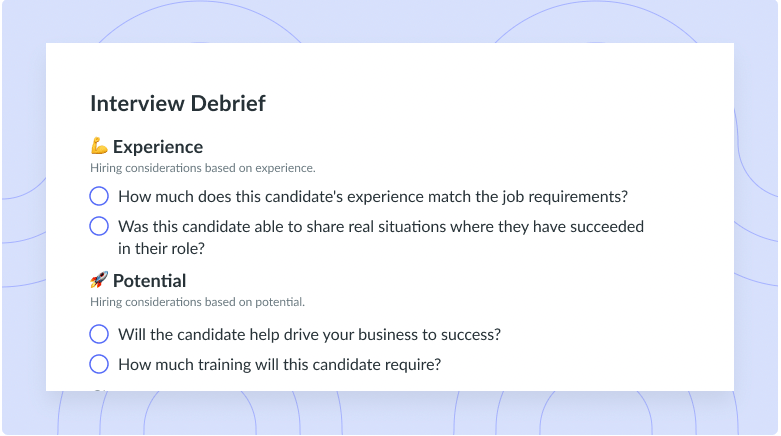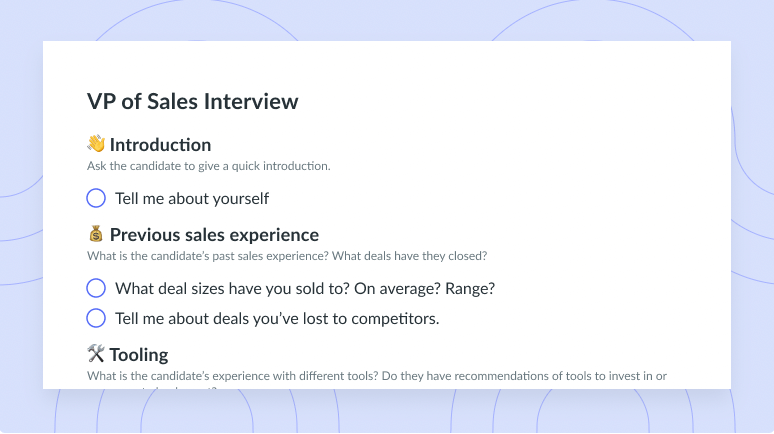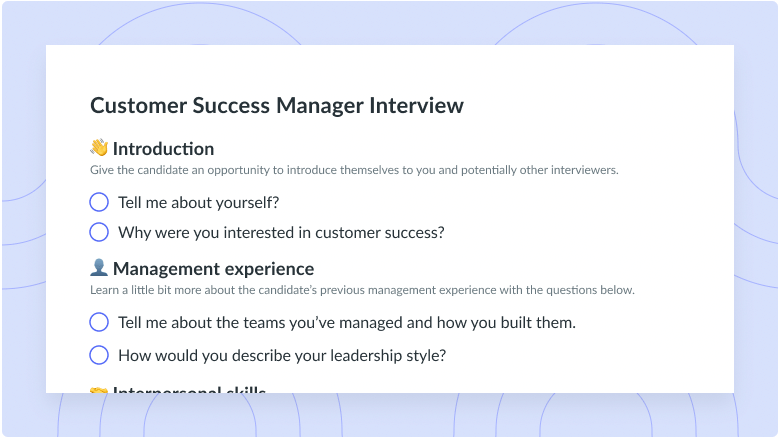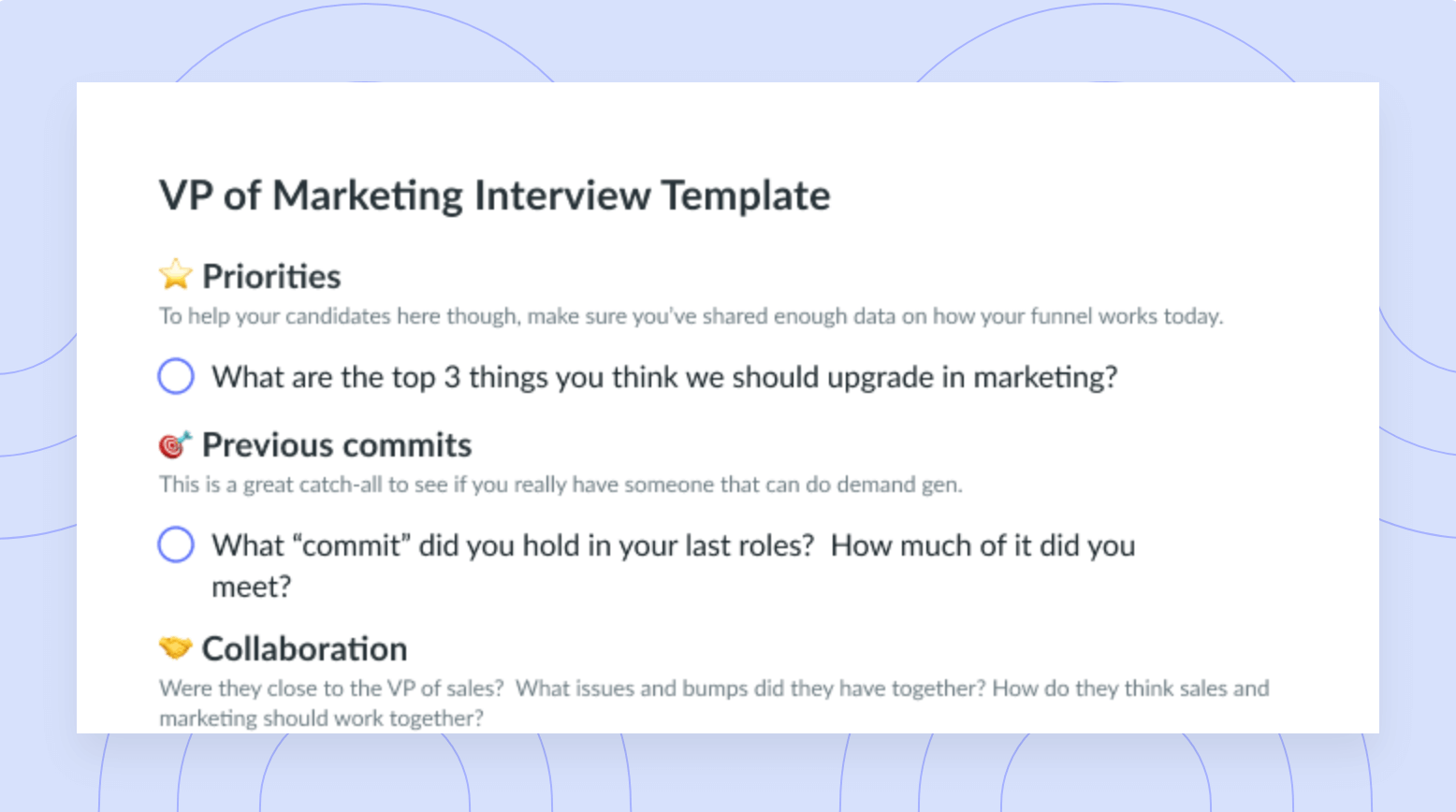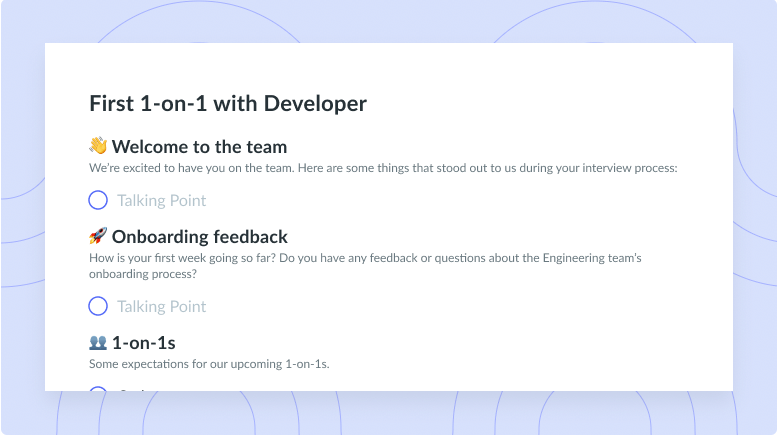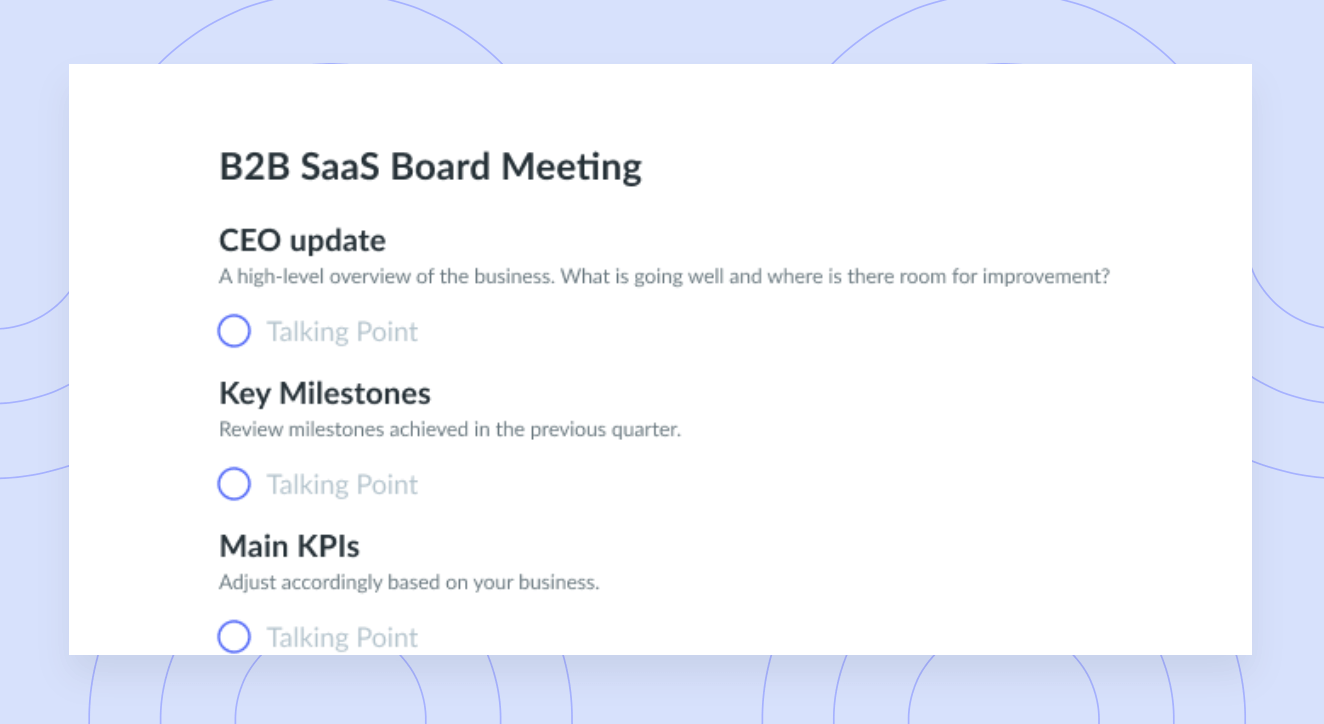13 Ways to Build a Diverse Engineering Team
Learn everything you need to know about prioritizing psychological safety and inclusion by building a diverse engineering team here!
Fostering inclusivity and prioritizing diversity in engineering is becoming increasingly important as engineering continues to fall short when compared to other STEM subgroups. Despite the growing focus on diversity, equity, and inclusion, engineering comprises the lowest share of women at just 14%. In addition, workers who are Black account for just 5% of developers, engineers, and programmers—despite Black Americans making up roughly 13% of the U.S. population.
In this article, we’ll cover the importance of creating a diverse workforce in engineering while detailing 13 tips you can leverage to build a more diverse engineering team.
- Why is it important for an engineering team to be diverse?
- 13 ways to build a diverse engineering team
Why is it important for an engineering team to be diverse?
While diversity is important in all sectors, it becomes increasingly important in engineering where the core principles of the discipline lie in innovation. To quote this Forbes article directly,
“In engineering, the importance of diversity is heightened. Diverse teams—shaped by individuals with different backgrounds, experiences and perspectives—lead to divergent thinking and innovation. When engineering teams reflect the customers and communities they serve, organizations can design better solutions that meet the market’s demands and are more accessible to end users.”
A diverse engineering team boasts a variety of unmatched benefits, including heightened employee morale and an increased desire to collaborate and work more efficiently. In addition, a diverse team is more likely to understand the needs and concerns of customers.

Run efficient meetings, come to a decision, and get back to work
Level up your engineering meeting habits to boost engagement and productivity with a collaborative meeting agenda. Try a tool like Fellow!

13 ways to build a diverse engineering team
- Hire candidates based on their skills
- Rid biases with technical skills assessments
- Have a diverse interview board
- Use inclusive language
- Follow a consistent hiring process
- Facilitate open lines of communication
- Provide underrepresented employees with career growth opportunities
- Collect data
- Be intentional about culture
- Conduct structured onboarding
- Foster trust
- Offer remote work opportunities
- Create designated communication channels
1Hire candidates based on their skills
Degree-based hiring is becoming progressively less important as candidates are finding new ways to upskill and gain relevant work experience. Hiring strictly with a degree-based approach means you will miss out on tons of qualified candidates who may be exactly what you need to bring your engineering endeavors to new heights. In addition, taking a degree-based approach to hiring eliminates a number of minorities that may have approached their education or skill sets by a different path. It’s important to remember that there isn’t one path to success and there are a number of ways someone can gain the skills and knowledge necessary to thrive in engineering.
2Rid biases with technical skills assessments
Whether we admit it or not, we’re all prone to certain biases. While we should take the time to look inward and identify our biases and learn why we feel the way we do, there are scenarios in which it’s important to take a proactive stance. Leveraging skill assessments helps to rid biases and aids interviewers make unbiased decisions that are strictly based on the candidates’ skills as they pertain to the engineering role in question.
3Have a diverse interview board
There’s nothing worse than applying for a job and feeling out of place during the entire interview process. Prioritizing diversity among your interview board helps to eliminate biases while creating a more even playing field for those who are traditionally marginalized.
4Use inclusive language
Using inclusive language when building out your engineering team is non-negotiable. Inclusive language is essential to help candidates who have historically been marginalized because of their race, gender, ethnicity, sexual orientation, age, disability status, or other aspects of their identity feel respected and included.
5Follow a consistent hiring process
Following a consistent hiring process is key. If you begin to hire without a process, you may find yourself making impartial hires. If you frequently hire without a process, all rules and regulations are out the window. Hiring without a process may look like hiring friends, family, or acquaintances of other teammates. Implementing and following a consistent hiring process means everyone has an equal opportunity.
6Facilitate open lines of communication
Facilitating an open line of communication between management and employees is always key, but is especially important when building out a more diverse engineering team. Not only does an open line of communication help foster relationships and break down barriers, but it also provides employees with the opportunity to speak up and make their voices heard. You can’t prioritize diversity and inclusion if you don’t create an open dialogue.
7Provide underrepresented employees with career growth opportunities
Career development can be difficult, and is even more so if marginalized employees aren’t afforded opportunities within the workplace. Providing career growth in the workplace is an excellent way to empower your underrepresented employees while equipping them to progress in their careers. Providing employees with career growth opportunities in the workplace comes in a variety of forms. You can host workshops or master classes, encourage experts within your organization to host lunch and learns, or provide stipends or funding for continued education.
8Collect data
Without concrete data, your guess is as good as the next person’s. If you’re serious about building a diverse engineering team, you need to collect data and draw evidence-based conclusions regarding your workforce. Identifying trends and drawing conclusions based on real numbers will help you determine if you are in fact building out a diverse workplace.
While you may be eager to start collecting data, it’s important that you take the time to inform your employees of your intentions. If you begin to collect data without informing your teammates of your intentions, they may become suspicious.
9Be intentional about culture
Culture is key, and you can’t build a diverse engineering team if you haven’t first gotten clear on your company culture and how it pertains to or can be interpreted by each member of your team. When you understand people’s unique cultures and backgrounds, you’re able to identify how they work and learn more about what you need to do to support them.
To quote Alexandra on episode 124 of the Supermanagers podcast,
“We have a very, very culturally diverse company. I ran a survey a few months ago asking everyone to reply with what country they were born in, and more than half of the company was born outside of Canada, but then most of the company works in Canada and I’ve always loved that. Even on our engineering team, there was a point where every single person was from a different country. I loved it because it meant that everyone got to learn about each other’s cultures, food and traditions but I never really thought about how that affects how people work.”
10Conduct structured onboarding
A proper onboarding process is crucial for a number of reasons. Not only does it ensure incoming employees are prepared and well versed in your company culture, but it also provides you with the opportunity to reiterate the importance of diversity and inclusion within your organization.
In addition to new hire paperwork, your onboarding checklist should include information about your employee orientation and an introduction to your company culture, mission, and values. This time should also be used to review the roles and responsibilities of the incoming hire. To make sure you don’t forget anything, consider referencing Fellow’s onboarding checklist.
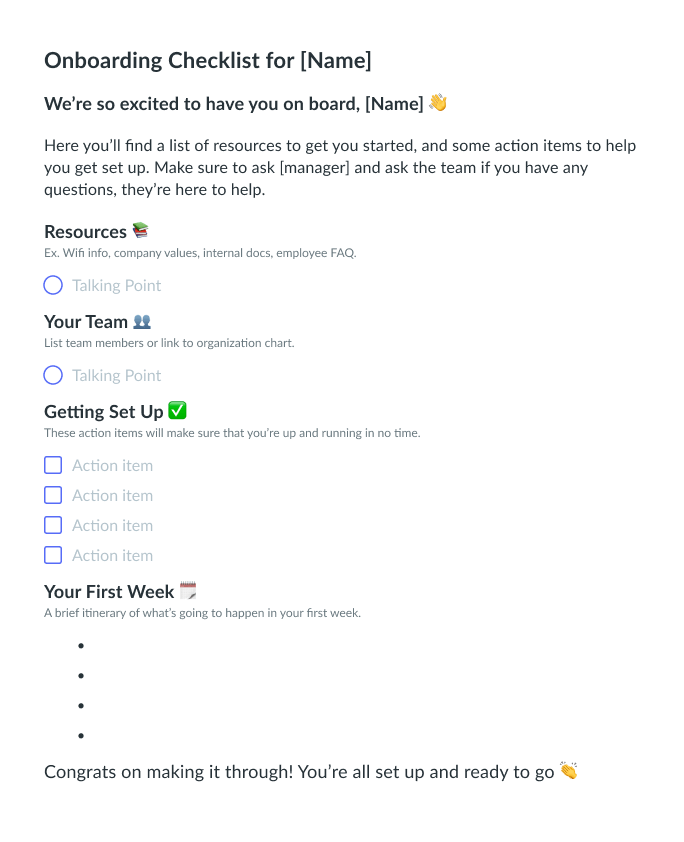
11Foster trust
Fostering trust isn’t something that happens overnight; however, once you have fostered trust, the benefits are bountiful. There are various ways you can build trust, including creating an open dialogue, supporting your employees through turbulent times, and encouraging your employees to share their thoughts and opinions no matter if they align with yours or not. If your employees don’t feel safe expressing themselves freely, you won’t be able to create a diverse workforce.
12Offer remote work opportunities
Sourcing diverse talent would not be possible without opening yourself up to a larger pool of candidates. By offering remote work options, organizations make work more accessible to underrepresented groups. Meta notes it has doubled the number of Black and Hispanic employees in its U.S. workforce since 2019, attributing the growth largely to the ability to work remotely.
Offering remote work opportunities is a great way to make sure you’re sourcing qualified, diverse candidates. Hiring from anywhere in the world means your talent pool will no longer be confined by geographical restraints. In addition, you’ll eliminate barriers for minorities that don’t traditionally congregate in metropolitan areas.
13Create designated communication channels
Remote and hybrid workplaces should always prioritize communication. Creating designated communication channels will ensure your employees feel seen, connected, and heard. It’s important that they feel as though they can reach out, share ideas, collaborate, brainstorm, or express any concerns they may have when they see fit. While communication channels may look different from organization to organization, common examples include Slack or email.
Start building a diverse team today
In conclusion, prioritizing inclusivity and diversity is now more important than ever. Taking these tips into consideration when building out your engineering team will ensure you’ve created a diverse engineering team built on trust and inclusivity.






![Helpful Advice for CTOs [Approved by Experts!]](https://fellow.app/wp-content/uploads/2022/10/Helpful-Advice-for-CTO.jpg)



